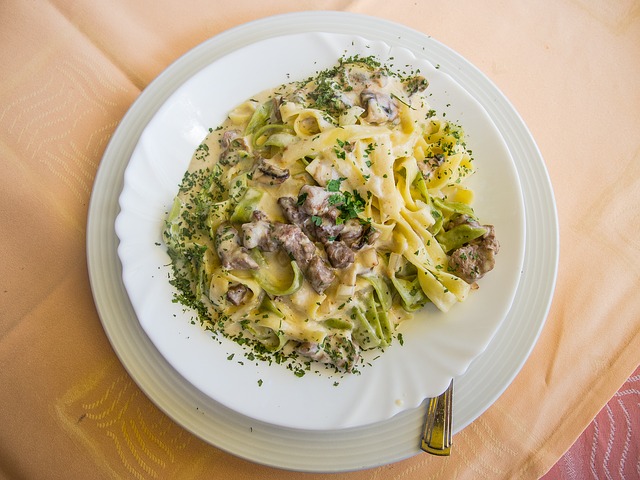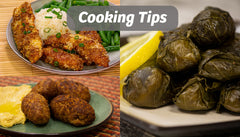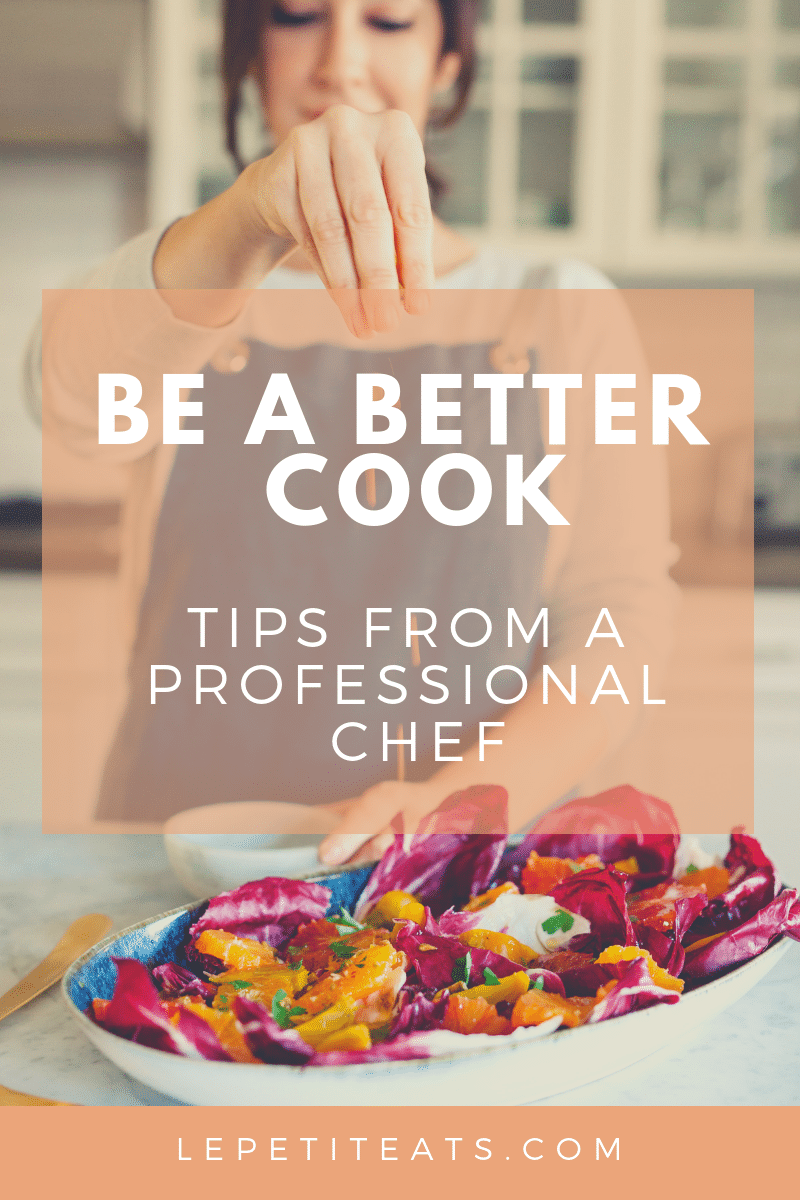
The julienne cutting is used when you make a salad with similar-thick vegetables. To make this type of cut, slice the vegetable in thin strips and stack them on top. Juliennes make leafy greens more delicious. They roll the leaves into a tube, cut into thin strips, then stack them.
Brunoise
While most restaurants use julienne cuts to prepare their vegetables, the brunoise cut is a versatile alternative to julienne. This technique allows the vegetables can be cut into three-inch cubes. This is particularly helpful for vegetables like potatoes that are often more difficult to cut than other kinds of vegetables. If you are unsure of the technique, these are some tips:
Chiffonade
Chiffonade is a French cooking technique whereby thin strips of leafy vegetables or larger herbs are cut to resemble a sliver. The term chiffonade means "in rags" but looks much more elegant than rags. You can make it from many green thin leaves like spinach, sorrel and radicchio.

Oblique
Simple tasks like dicing and cutting vegetables are relatively simple. How do they cook evenly? Oblique cutting means that more of the vegetable's surface is exposed to heat. This type of cut, also known by a roll-cut, allows you to make pieces that are identical in size and shape but not uniformly. This tutorial will show you how to make an Oblique Cut in your own kitchen.
Paysanne
If you see a Paysanne demonstration, you'll be intrigued to give it another try. This method involves cutting vegetables like butter from a miniature stick, and the end result is like eating tiny pats of butter. A daikon radish was used as the vegetable used for the demonstration. A chef's blade is better if you are looking for a more complicated cut. The blade should be sharp.
Oblique cut
If you love to cook and are looking for a new cut to add to your vegetable repertoire, you should learn how to make the oblique cut. It is a simple method that ensures vegetables cook evenly and uniformly. Oblique cuts can also be called roll cuts and are very easy to master. These cuts are good for stir-frying and roasting.

Julienne
To julienne, or cut vegetables, first peel them, then wash them. Cut them into strips about 0.3-1.5 cm in length. Next, stack several strips together to make matchstick-like stripes. For stir-frying, juilled vegetables are perfect for use in all kinds of dishes. You can julienne any type of vegetable, including potatoes, cucumbers, and peppers.
FAQ
Do I need to go to culinary school to be a chef?
No. Many chefs learned their craft on their own. Some even went to culinary school just to gain experience. But most chefs prefer culinary school as it offers them more opportunities for learning and growth. Culinary schools offer hands-on training which allows students to improve their skills and knowledge of cooking.
What does a culinary program cost?
Costs for culinary school vary depending on where you live, how long you study and which program you choose. The average tuition cost is $10,000-$30,000 annually. Most students graduate with approximately $20,000 in debt. Some programs offer scholarships, grants, or work-study opportunities.
Is there a difference in a chef and a cooker?
A chef prepares food for other people. A cook prepares food for his or her own consumption. Although both jobs require you to prepare food, a chef is more involved in serving customers. They may need to make decisions about what they will serve to their guests based upon their preferences. The cook doesn't have to interact with customers. Instead, a cook makes sure the food tastes good before delivering it to customers.
Statistics
- According to the BLS, chefs earn $58,740 a year. (learnhowtobecome.org)
- You'll be amazed that over 90% of CIA students receive scholarships and grants to finish their culinary studies. (ischoolconnect.com)
- In the United States, the category is estimated at $23.2 billion annually and is growing faster than the market. (washingtonpost.com)
External Links
How To
How to cook with an Instant Pot
The instant pot is a popular kitchen appliance. It's easy to use, very versatile, and a great price point. The instant pot allows you to make delicious meals from scratch in minutes!
Let's start by giving you some background information about instant pot. An instant pot is a pressure cooker that cooks food quickly using steam. It doesn't need oil or butter. Simply add water to the pot and stir. Just press the button, then you can walk away. Cooking is complete. Once the food has been cooked, open the lid. That's it! You don't have to worry about cleanup or mess!
Let's now understand what an instantpot is. First thing first, go ahead and download the app. It is easy to use and free. Just choose your recipe, set the timer (you can do 30 minutes or 1 hour), select your desired temperature, and then start cooking. Your meal is ready when the timer goes to 00:00. The video below will show you step-by-step directions.
When you're done with your meal, make sure to clean up. An instant pot's dishwasher-safe lining makes it easy to clean. To clean the pot, rinse it and remove the liner. Amazon is a great place to look if you are looking for an instant pot. You can choose from a variety of sizes, shapes, colors and prices. They are worth checking out.
The instantpot is an amazing appliance that takes stress out of cooking. The instant pot not only saves time but also saves you money. Now you can enjoy those healthy recipes without spending hours in the kitchen. Enjoy!